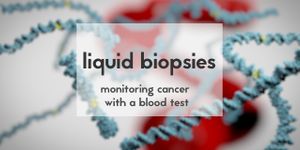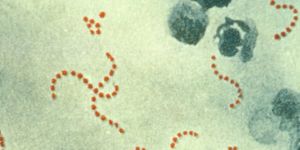"Sprouting" New Blood Vessels
Blood vessels are the roads and highways of the cardiovascular system, carrying oxygenated blood cells, nutrients, and immune cells in and out of the heart, brain, and other various organs in the body. Angiogenesis is the process of making new blood vessels, and scientists from the Institute for Basic Science (IBS) are unveiling intricate details into how it works.
Building the cardiovascular roadmap
Although the birth of new blood vessels is vital and inevitable, the creation of new vasculature can also promote the progression of cancer, as tumors need a blood supply to grow. After their discovery of a key angiogenesis regulator, IBS scientists hope they can find the perfect balance between maintaining the cardiovascular roadmap and suppressing a tumor’s ability to have access to blood.
Angiogenesis starts and ends with endothelial cells, which provide a structure for the inside wall of blood vessels. Stalk cells are at the back, and tip cells are at the front, as existing blood vessels expand to create new vessels. Both types of endothelial cells are needed for the construction of a strong foundation for the new blood vessels. The process is carefully controlled by specific proteins, but beyond that, scientists aren’t sure of the specifics.
New discoveries
Two proteins, YAP and TAZ, make up a dynamic duo vital for triggering angiogenesis as well as putting on finishing touches and maintaining the integrity of the newly-formed vessels. YAP/TAZ are negatively controlled by the Hippo signaling pathway, a necessary system of checks and balances that regulates the volume of new blood vessels.
If YAP/TAZ are overexpressed, endothelial cells generate too many extensions, and the resulting blood vessel growth becomes dangerously exponential, as if there was a tumor. On the opposite end of the spectrum, when YAP/TAZ are underexpressed, the result is a “poorly vascularized retina” leading vision impairment and internal bleeding in the brain. The body needs just the right amount of YAP/TAZ expression.
Researchers used an adult mice model of vision loss from age-related macular degeneration; characteristics of this disease are similar to what scientists see when YAP/TAZ are underexpressed. These experiments confirmed that YAP/TAZ malfunction can lead to “pathological angiogenesis.”
More about age-related macular degeneration
This type of vision impairment usually affects people at least 50 years old. People with macular degeneration experience vision blurriness or loss at the part of the eye needed for “sharp, central vision.” There are no existing treatments for age-related macular degeneration.
"Understanding angiogenesis at the molecular level can help us to address pathological angiogenesis in age-related macular degeneration and cancer," explained corresponding author KOH Gou Young.
The present study is published in the Journal of Clinical Investigation.
Sources: National Eye Institute, Institute for Basic Science










